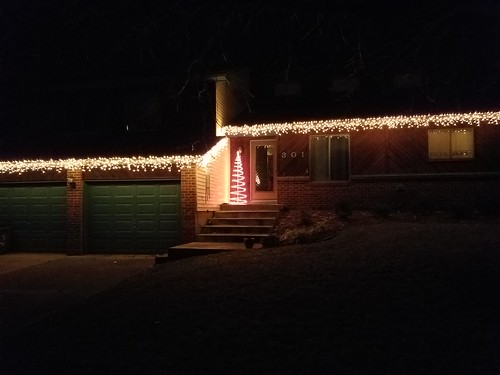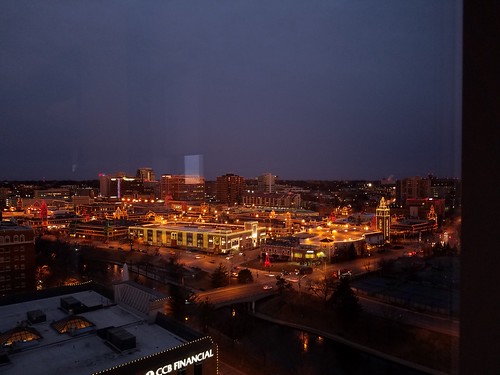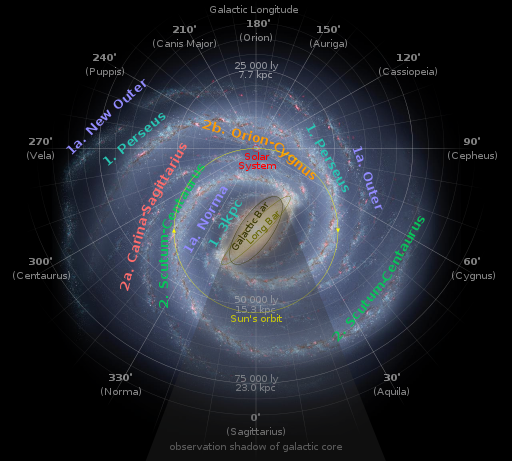As I promised earlier this month in my post about my building’s less than traditional holiday decorating, I managed to snap a few photos of some of my favorite things – and my that I mean Christmas lights, displays and decorations.
In roughly chronological order, starting with Thanksgiving weekend decorating the exterior of our home.
Followed by a drive by on Grand Avenue past one of the tallest Christmas trees in the country in the heart of Crown Center two days later:
I started off December right by stopping just before dawn on Broadway to snap this photo of the annual decorations hung at the Kansas City Life Insurance building:
A week later I made it to work very early, with the sun still below the horizon with the help of some cloud cover and took several photos of the Country Club Plaza Christmas lights from the top floor of my building (despite the reflections of interior lights on the window glass):
Another week passed by and on the ides of December the angel appeared in my landscaping. Due to unexpected altercations with local deer population, our lighted reindeer will be decidedly absent from our yard display:
And finally, and surely not least, as I returned home last night from work, I stopped at Union Station to marvel at their internal decoration bonanza:

I hope you’ve enjoyed this trip around town, at least the parts of it I frequent on a daily and regular basis.
May all your Christmases be Bright and May God Bless Us, Everyone!












